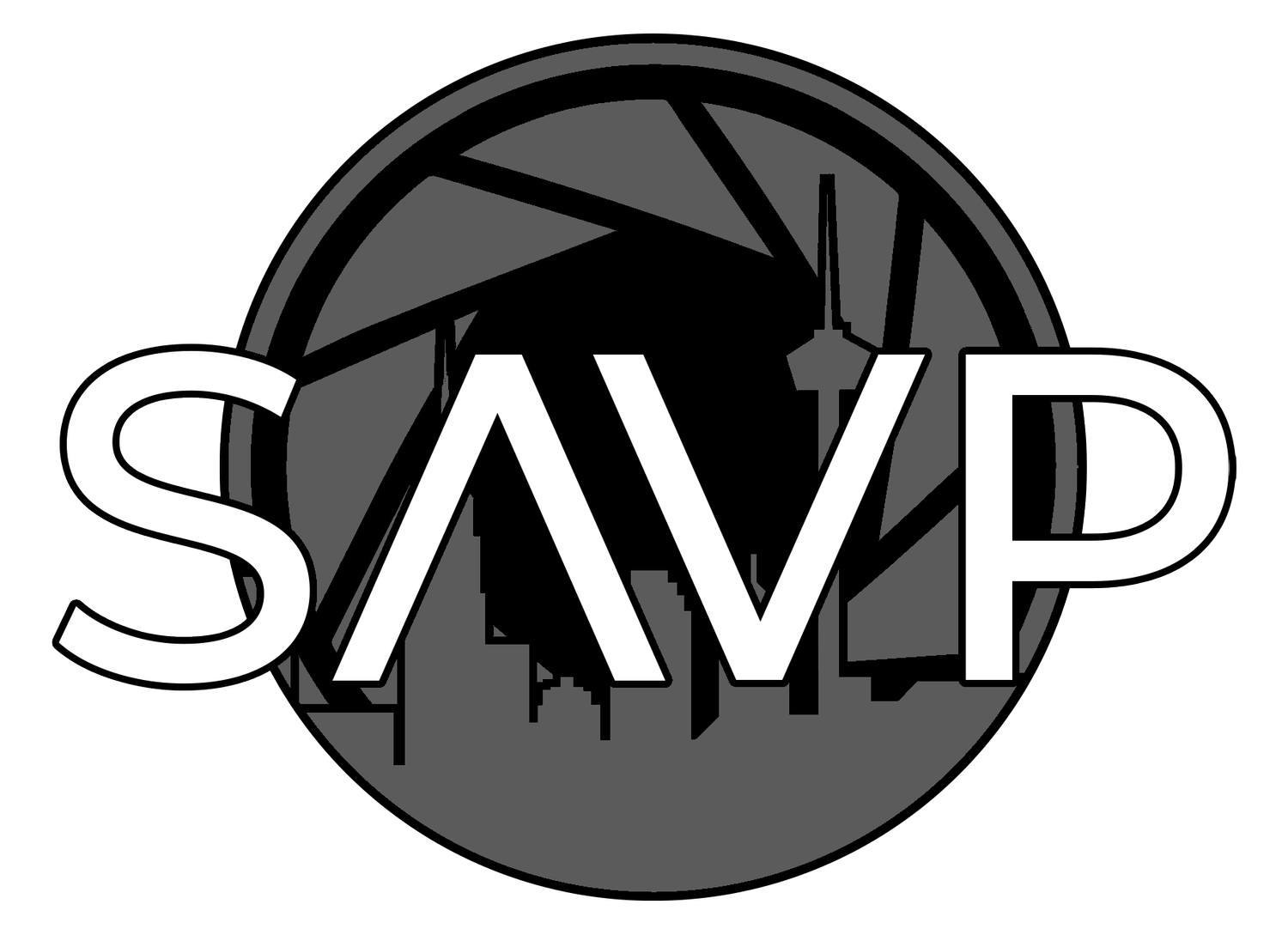The Production Phase: A Comprehensive Guide to Filming Success
Understanding the Production Phase during Filmmaking
The production phase is the heart of filmmaking, where the actual magic happens. In this blog post, we will delve into the various elements of production, highlighting key components that make or break a shoot. From setting up equipment to directing performances on set, this guide is designed to equip you with insights and tips to enhance the quality of your productions.
Setting Up Equipment: The Foundation of a Successful Production
The production phase begins with the vital task of setting up equipment. This includes arranging cameras, lights, and audio equipment essential for capturing high-quality footage. Proper setup is crucial as it sets the stage for a smooth filming experience.
Time Allocation for Equipment Setup
You can choose to set up your equipment the day before shooting or on the same day as production. If your budget allows, allocating more time for equipment setup can substantially improve the quality of your final product. Here’s how the timings usually break down:
Quick Setup: Approximately one hour.
Great Setup: Between two to four hours, depending on the complexity of the scenes and the unique challenges of your filming location.
By investing time in this initial setup, you can avoid unnecessary stress later on and ensure that everything runs smoothly during filming.
Directing and Filming: The Core of the Production Phase
With equipment ready, the next step involves directing and filming the scenes. Understanding how to guide actors and manage the crew is essential for a polished final product.
Filming Interviews vs. Narrative Scenes
Filming techniques can vary greatly depending on whether you are capturing interviews or narrative scenes:
For Interviews: The process is relatively straightforward, involving minimal coaching to prepare your interviewee and guiding them through the questions.
For Narrative Scenes: The complexity increases significantly. This entails blocking, rehearsing, and then rolling the cameras.
The Blocking Process: Mapping Out Your Shot
Blocking is the method of planning and practicing the positions and movements of the actors and the camera within each scene. This preparation is crucial to ensure that the filming process flows smoothly and naturally.
Rehearsing: Perfecting Performance
Rehearsing is where you conduct run-throughs with actors. This gives you the opportunity to fine-tune performances and make adjustments based on feedback. It’s a critical phase that should not be overlooked, as it allows actors to become comfortable with their roles and the environment.
Recording the Scenes: Capturing the Action
After blocking and rehearsing, it’s time to begin recording scenes. Make sure to capture a variety of shots, such as:
Establishing Shots: To set the scene and context.
Medium Shots: For character interactions.
Close-Ups: To capture emotions and details.
Moving Shots: To create dynamic footage.
To optimize the filming process, consider using multiple cameras and operators. This allows you to capture different angles and shot types in fewer takes, enhancing efficiency and productivity during the production phase.
Troubleshooting During Production: Staying Prepared
Despite meticulous planning, challenges often arise during filming. You should always allocate time for troubleshooting and problem-solving to address any unexpected issues that may occur on set:
Anticipating Variables: While you can plan for a variety of scenarios, be prepared for the unexpected. Whether it’s a technical issue or an actor being unwell, having a backup plan and flexibility is essential.
Problem-Solving Skills: Cultivate your ability to think on your feet and come up with solutions during production. The ability to quickly adapt can save valuable time and resources when something doesn’t go according to plan. </aside>
Mastering the Production Process
The production phase is an intricate blend of creativity, technical skill, and effective management. By prioritizing the setup, directing with intention, and being ready to tackle issues, you pave the way for a successful filming experience.
Creating a high-quality film is a collaborative effort, requiring input and commitment from the entire crew. Whether you’re a seasoned filmmaker or just starting on your journey, understanding the fundamentals of the production phase will enhance your projects and improve your storytelling.





